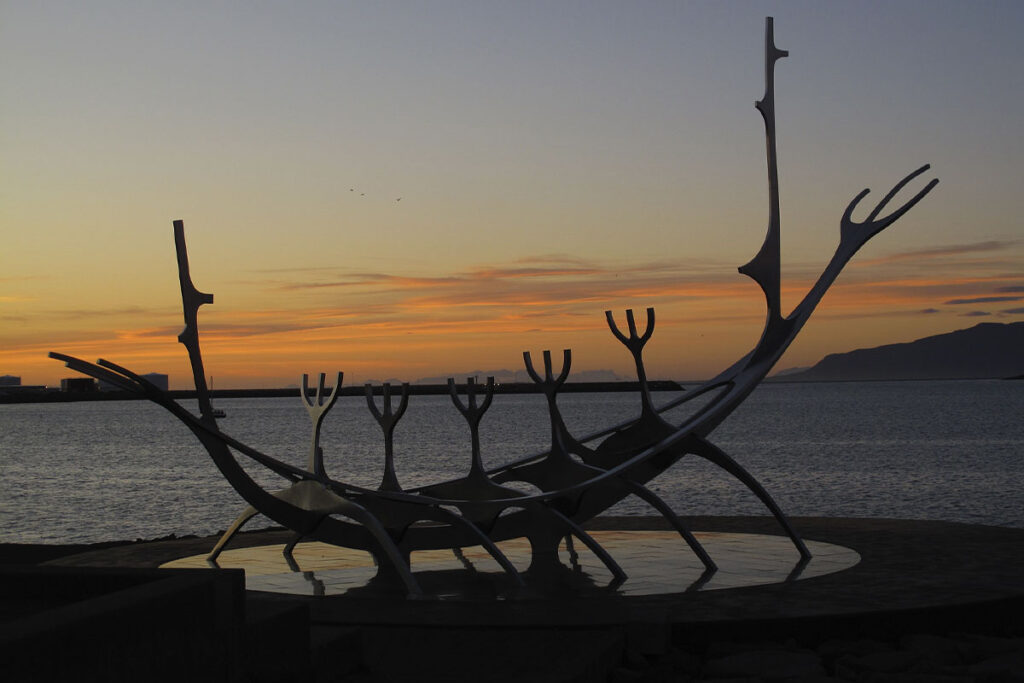
- “Viking” means Scandinavian, explorer, raider or expedition, depending on context. Originally it meant “from Viken”, the coastline between Oslo and Gothenburg.
- The historical Viking Age in Scandinavia was from 300 AD to 1350 AD.
- The Vikings were culturally Scandinavian, though many were born in lands outside Scandinavia.
- The Vikings were open-minded, curious and adventurous, and world champions in cultural appropriation.
- The Vikings didn’t have an institutionalized religion or nationality, which made them superior in adaptation.
- The Vikings were ruthlessly rational.
- The Vikings slowly but steadily transformed from Norse pagan traditions to mideaval Christianity.
A rather watered down edition of Christianity, however… - The Vikings’ success was largely thanks to their superior adaptability, versatile ships’ design, and healthy attitude to diet and cleanliness.
- To become an ally with Vikings you would have to adopt their culture and language indiscriminately, while they would cherrypick parts of your culture and make it their own.
- To become an enemy of the Vikings would significantly shorten your life expectancy.
- The Vikings were farmers, craftsmen, traders, slavers, raiders, voyagers, explorers and exploiters. They traded, raided and occupied in areas 3,000 kilometres in all directions from Scandinavia; from Canada to Turkey, and everything in between accessible by boat.
- The Vikings sold Scandinavian slaves in Russia, Russian slaves in Africa, and African slaves in Ireland, as ethnicity, skin colour and religion ment nothing to them.
- In Scandinavia there was both emigration and immigration of about 25% of the population per generation throughout the Iron Age.
- Many traits of the Viking culture are still very visible in Scandinavia today, including attitudes towards religion, nudity and alcohol that may seem undignified to many non-Scandinavians.
- As the British Empire has made a huge impact globally, they have spread many Viking influences adopted when England was a part of the Viking realm, including 25% of the language.
- A very few Vikings were blond, only a small handfull were tattooed, and none of them had horned helmets. Religious fanatics eager to go to Valhalla was extremely rare.
- The present king of Denmark, Frederik X, can trace his family more than a thousand years back to Queen Þýra and King Gormr, the parents of Harald Bluetooth.
Get all the details in the book “Vikingology“.
